Cochia - the ease of growing summer cypress from seed
Not only the usual decorative crops help to give an original look to the personal plot. The landscape looks sophisticated if cypresses are present in it. Among them, gardeners justifiably appreciate the miniature kochia with its column-shaped crown. The technology of growing kochia summer cypress seeds from seeds is quite accessible even to a novice gardener.
As a rule, cypress is sown in late spring so that an adult tree can reach a meter height in a season. Kohia is unpretentious in care, almost undemanding to the composition of the land and the place of cultivation. The pruning procedure takes place practically without consequences: the leaf mass grows easily and quickly.
Variety of varieties
The kochia plant belongs to the family of the Haze. It is a semi-shrub with juicy elastic stems. It grows wild in Australia, southern Europe, South and North America. This diversity does not allow us to accurately determine what is the place of origin of the plant. An adult shrub consists of a large number of branches, decorated with long narrow foliage. The flowers have no decorative value, they are small and are located in the axils of the leaves, hiding them from sight.
Interesting fact
Experts, speaking about the plant, use the name "broom kokhia". This is quite reasonable. In ancient times, the culture was grown only for the manufacture of household brooms. But later, breeders bred new varieties with decorative foliage.
Currently, the plots are nobly decorated with miniature cypresses of emerald, light green color, with a pink and purple tint. There are also varieties that change the color of the leaves in the fall: they begin to cast purple. Thanks to this, the kochia retains its brightness and decorativeness until the onset of cold weather. There are varieties that, even with the first frost, do not shed their bright green leaves.
Planting seeds
Cochia reproduces well by seeds. The material is sown either on the garden bed, or in boxes, or in the greenhouse - depending on the method, the conditions of care vary somewhat.
Seedling method
Summer cypress is a fairly cold-tolerant crop. It is recommended to plant it in early May. And in order for the bushes to become fully decorative faster and you can observe their flowering, you can prepare seedlings in advance at home.
Advice! It is permissible to sow seeds directly into open ground, but then it is necessary to protect the seedlings from frost.
The easiest way is to grow spectacular voluminous kochia bushes in a greenhouse or greenhouse, as a rule, all the sown seeds sprout. This will allow you to place the seedlings in random order when planting, and later plant them on the site - the bushes easily take root. The greenhouse must be brightly lit. When sowing, it is enough to lightly press the seeds into loose soil. When shoots appear, they should be thinned out. For active development, seedlings need regular watering. After 10 days from sowing, you need to feed the seedlings with universal fertilizer.
When growing seedlings in boxes, the kochia should be placed at a distance of 15-20 cm from each other. Germination is carried out at 18-20 ° C, when the seedlings rise, the temperature should be reduced to 10-15 degrees. With the appearance of three true leaves, the sprouts dive three pieces into cups with a diameter of no more than 10 cm.
Kokhia seedlings need frequent watering, but water should be supplied in small portions. This is an important condition for proper vegetation.You can reduce the amount of soil moisture when you notice that the crowns of the bushes are fully formed. A mature plant tolerates dry periods well.
Important! A sharp cold snap will significantly harm the kochias. If you are engaged in the cultivation of perennial varieties, then the bushes must be covered before the onset of autumn frosts.
Sowing in open ground
When grown in this way, frequent watering is required during the first three months. As already known, this is necessary for the correct formation of the vegetative mass. In subsequent stages of growth, the plants do not require special care. Weeding is helpful to facilitate the flow of fresh air.
30 days after germination of seeds, it is advisable to re-fertilize with mineral fertilizers. When favorable conditions are created, the kochii will take about a month and a half to reach the maximum possible height. Further, the growth will slow down and the active formation of the crown will continue.
Care features
The conditions of the steppes and semi-deserts are favorable for the small cypress. Therefore, on our personal plots, sunny, open places are more suitable for him. Rare watering will not have a detrimental effect on the plant. Stagnant water and lack of high-quality drainage will lead to the opposite consequences.
Gardeners do not need to worry about timely feeding an adult kochia. It develops excellently on almost any soil, the only exception is acidic soil. This criterion should be taken into account when choosing a place for planting seeds and planting formed seedlings.
Seedlings are placed in open ground at a distance of at least 30-50 cm from each other. This interval is necessary so that, at the first stage of growth, the kochia directs all its forces to the development of branches and later enters the flowering stage. At this time, active growth stops. If there is not enough free space to expand the bush, the development of buds will begin ahead of time, and it will be difficult for the bushes to gain the correct shape. Regular pruning of branches is recommended to get the desired shape.
Top dressing
After each pruning, experts advise to enrich the soil with nitrogen fertilizers. It is allowed to periodically add liquid nutritional mixtures. Although Kokhia feels quite well without them, such remedies have a positive effect on her condition. Regular feeding will allow the summer cypress to easily transfer haircuts 2 times a month.
Advice! In order for adult plants to reach their maximum size, it is advisable to apply mineral fertilizers to the soil when planting.
Diseases and pests
Kochia is resistant to many diseases, but individual pests can damage it. These include the spider mite. Having found the first signs of defeat, promptly apply special means of struggle. It is useful to spray the dense foliage of the plant once every two weeks.
The appearance of the bush speaks volumes about its condition:
- with a lack of moisture, the leaves droop, the bush loses its attractiveness; to remedy the situation, the soil should be urgently moistened, and the kohija will again take on a decorative look;
- from a lack of nutrients, the foliage fades, the color loses its brightness; to solve the problem, you need to apply liquid fertilizer.
Wintering
Annual plants in the fall must be dug up and a bed prepared for planting ornamental crops in the next season. Perennial varieties of kokhia for the winter must be wrapped in any suitable material, having previously shortened the crown. In the spring, after all frosts, the bushes should be opened. In central Russia, the right time for this is mid-May.
So, the main factors contributing to the cultivation of healthy decorative kochia from seeds are:
- regular watering of seedlings;
- the absence of weeds near an adult cypress bush (germination of any other garden crops between the bushes is unacceptable);
- providing enough free space around the tree, which will allow a chic symmetrical crown to form.
In the flowerbed, kochia is excellently combined with any flowering plants. If you have not yet decorated your site with summer cypress, we advise you to try it. The recommendations available will help you easily grow beautiful specimens that will be admired by your family members while relaxing in the fresh air.

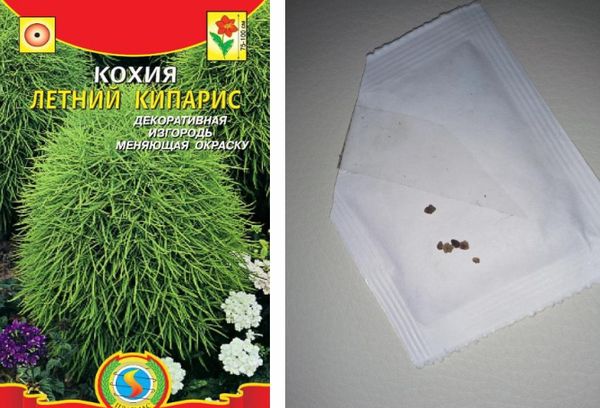
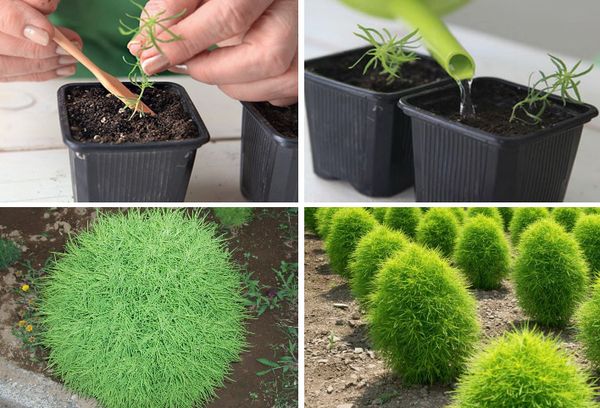
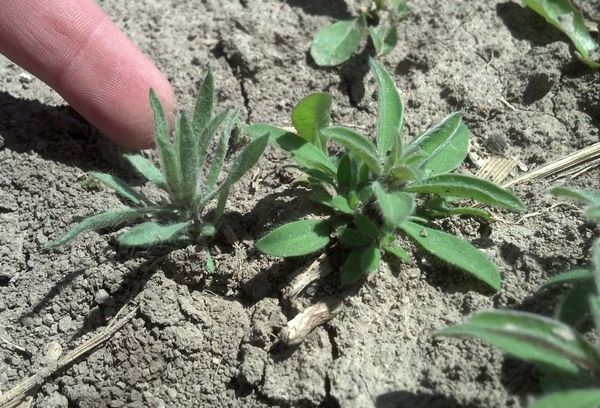
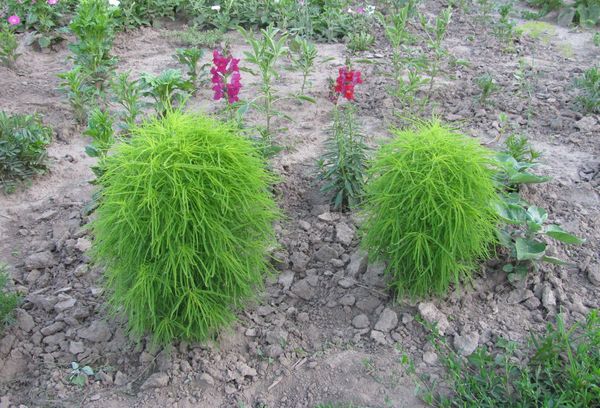
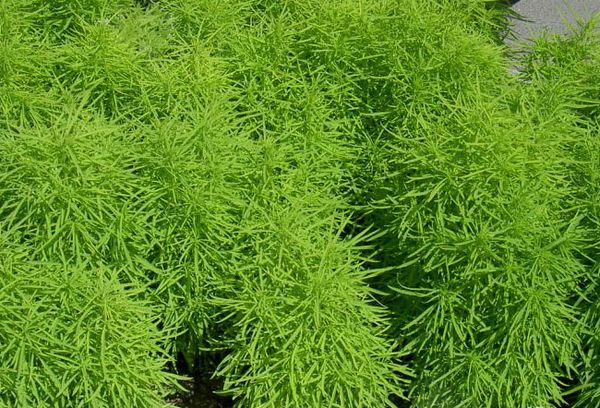

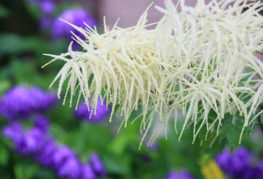
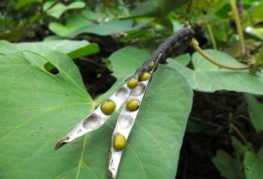
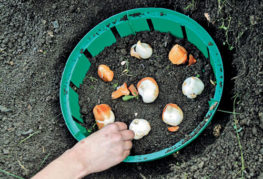
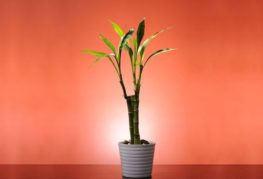
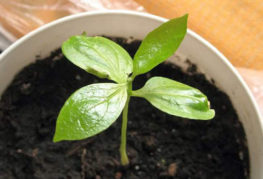
and will be published shortly.